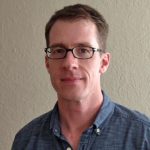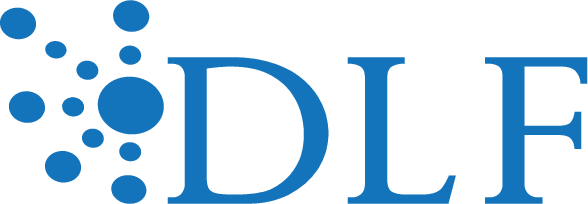
The reason I initially applied for the Museum Cross-Pollinator Fellowship was because it seemed the DLF Forum would be an excellent venue to advance my capabilities working with digital assets and data in the cultural heritage sector, especially from the perspective of library science. From my work at the Dallas Museum of Art (DMA), I have experience establishing metadata profiles and workflows for digitization projects, as well as working with data and multiple systems; however, I am somewhat new to being a librarian, having completed my library science degree in 2013 as an expansion of my background in art museum education. The forum exceeded my expectations. I learned a tremendous amount from new colleagues, sessions attended, and from the Linked Open Data in libraries, Archives and Museums (LODLAM) in Practice workshop. I was also able to catch up with colleagues I had met previously at the Museum Computer Network conference, but with a greater focus on the skill sets utilized within the digital library community.
Although the majority of participants to the forum were from academic institutions rather than museums, I was able to find many similarities in the work that we do. I was especially inspired by work being done by academic institutions in the areas of digital humanities and preservation. This increased my interest in managing data sets specific to digital humanity inquiries, which can then be utilized in data visualizations or digital exhibitions, for example. I would also like to facilitate DMA collection data becoming accessible in ways that encourages such use. This is likely to become of increasing importance at the DMA anyway, considering a recent partnership with the University of Texas at Dallas. In terms of digital preservation, it was very helpful for me to gain a better perspective on the prevalence of institutions working in the DuraSpace world, as this is a significantly more advanced digital preservation repository system than the DMA currently employs for its assets.
The DMA is a part of the American Art Collaborative Linked Open Data Initiative, and it was especially beneficial to meet again with colleagues who have been working on this project. Emmanuelle Delmas-Glass from the Yale Center for British Art presented on her work converting data to linked open data (LOD) using the CIDOC Conceptual Reference Model. She noted that in the rush to publish web content, museums have not focused enough on structuring data. Further work often needs to be done in order to provide sufficient relationship and contextual information in order to create LOD objects. Being able to ask her and Scott Williams from Yale University Art Gallery some questions afterwards, I began to piece together a better understanding of the data structures used in LOD projects. The same session included a presentation by Juliet Hardesty from Indiana University, which emphasized the practice of transforming metadata into the Resource Description Framework (RDF) used by LOD. While RDF modeling of data describes a resource and defines relationships via subject, predicate, object triples and is an important aspect of LOD, it is only one step towards that goal.
The LODLAM in Practice workshop was a great way for me to wrap up the forum, as it provided the broadest and most detailed range of steps it would take to fully prepare LOD data. The specific approach used in the workshop utilizes OpenRefine for, first, the reconciliation of values in a dataset with values in an external authority dataset and, second, for mapping and exporting data into RDF. The second part of the workshop covered how this data can be stored in a graph database such as MongoDB, and use of the SPARQL query language to fetch that data as needed. Ultimately, the combination of everything I learned at the forum left me feeling better positioned to contribute to the broader digital library community, while also expanding my capabilities working with digital materials and data within my current responsibilities.
Oh, and I also liked the design on this year’s t-shirt.
